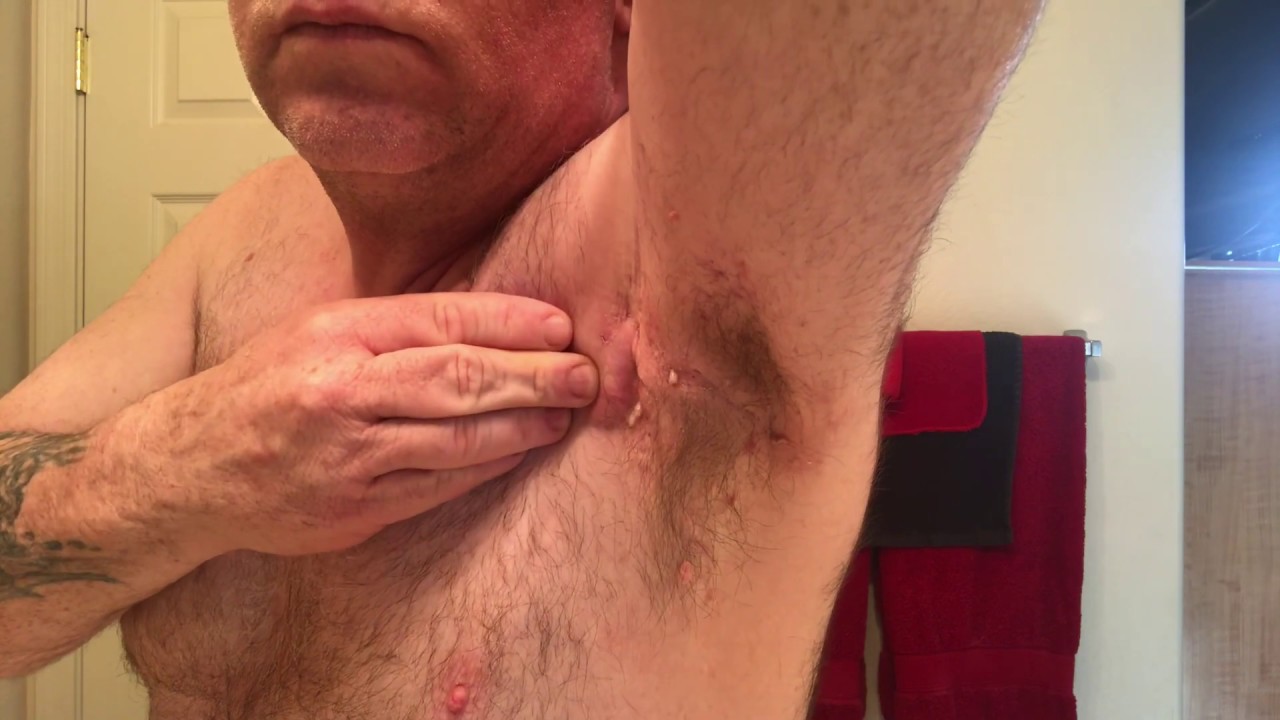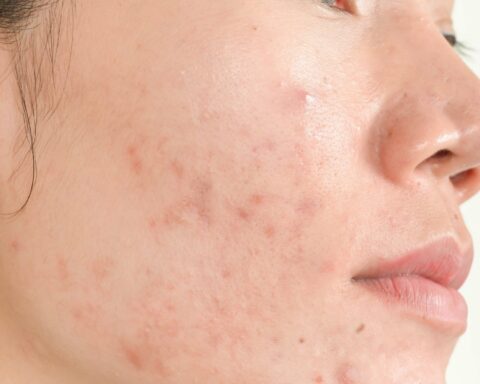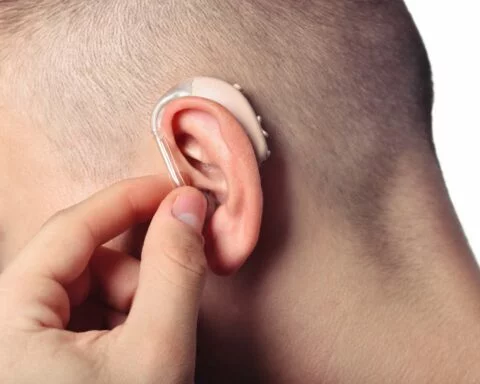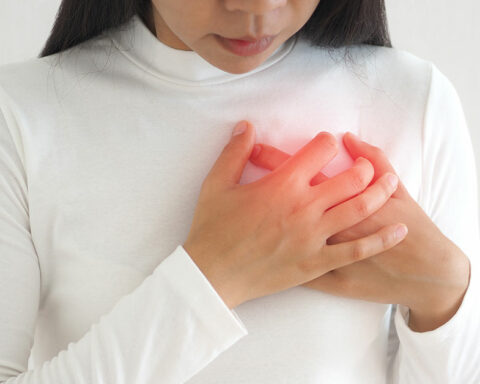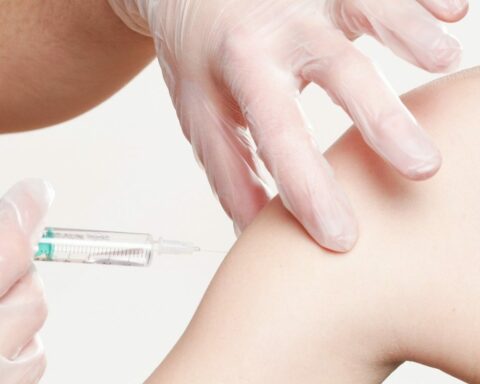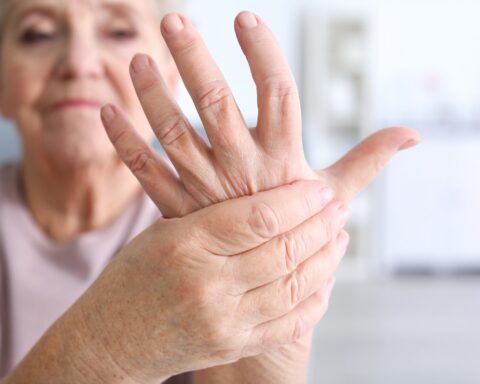Hidradenitis suppurativa (HS) is a chronic inflammatory skin disease that affects the hair follicles and sweat glands in areas of the body with skin folds, such as the armpits, groin, and buttocks. It can also affect the neck, which is an area that may be overlooked in discussions of HS. In this comprehensive guide, we will explore what you need to know about HS on the neck.
What is Hidradenitis Suppurativa?
HS is a chronic inflammatory skin disease that causes painful, recurrent nodules and abscesses to form in areas of the body where skin rubs together, such as the armpits, groin, and buttocks. It can also affect the neck, though this is less common. The exact cause of HS is unknown, but it is thought to be related to hair follicle blockage and bacterial overgrowth.
Symptoms of Hidradenitis Suppurativa on the Neck
HS on the neck can present with a variety of symptoms, including:
Painful, red bumps or nodules that can appear on one or both sides of the neck.
- Swelling and inflammation around the affected area.
- Drainage or pus from the bumps or nodules.
- Scarring or tunneling of the skin around the affected area.
- Recurrence of the bumps or nodules in the same area.
- Diagnosis of Hidradenitis Suppurativa on the Neck
The diagnosis of HS on the neck is usually made by a dermatologist or other healthcare provider based on a physical examination and medical history. Your healthcare provider may also perform a biopsy or culture of the affected area to rule out other conditions that may mimic HS, such as an infection or tumor.
Treatment of Hidradenitis Suppurativa on the Neck
The treatment of HS on the neck typically involves a combination of lifestyle modifications, medications, and surgical procedures.
Lifestyle Modifications
Making certain lifestyle modifications can help manage HS on the neck, including:
Maintaining good hygiene by keeping the affected area clean and dry.
- Wearing loose-fitting clothing that does not rub against the affected area.
- Avoiding activities that cause excessive sweating, such as exercising or hot baths.
- Losing weight if you are overweight, as excess weight can contribute to HS.
- Medications
Several medications can be used to manage the symptoms of HS on the neck, including:
Antibiotics: These are used to treat bacterial infections that may be present in the affected area.
- Nonsteroidal anti-inflammatory drugs (NSAIDs): These can help reduce inflammation and relieve pain.
- Corticosteroids: These are anti-inflammatory drugs that can be injected into the affected area to reduce swelling and pain.
- Biologics: These are a newer class of medications that can be used to target specific parts of the immune system that are involved in HS.
- Surgical Procedures
In more severe cases of HS on the neck, surgical procedures may be necessary. These can include:
Incision and drainage: This involves cutting open the bumps or nodules and draining the pus.
- Excision: This involves surgically removing the affected tissue and then suturing the skin closed.
- Laser hair removal: This involves using a laser to destroy hair follicles in the affected area, which can help prevent hair follicle blockage and subsequent HS flares.

